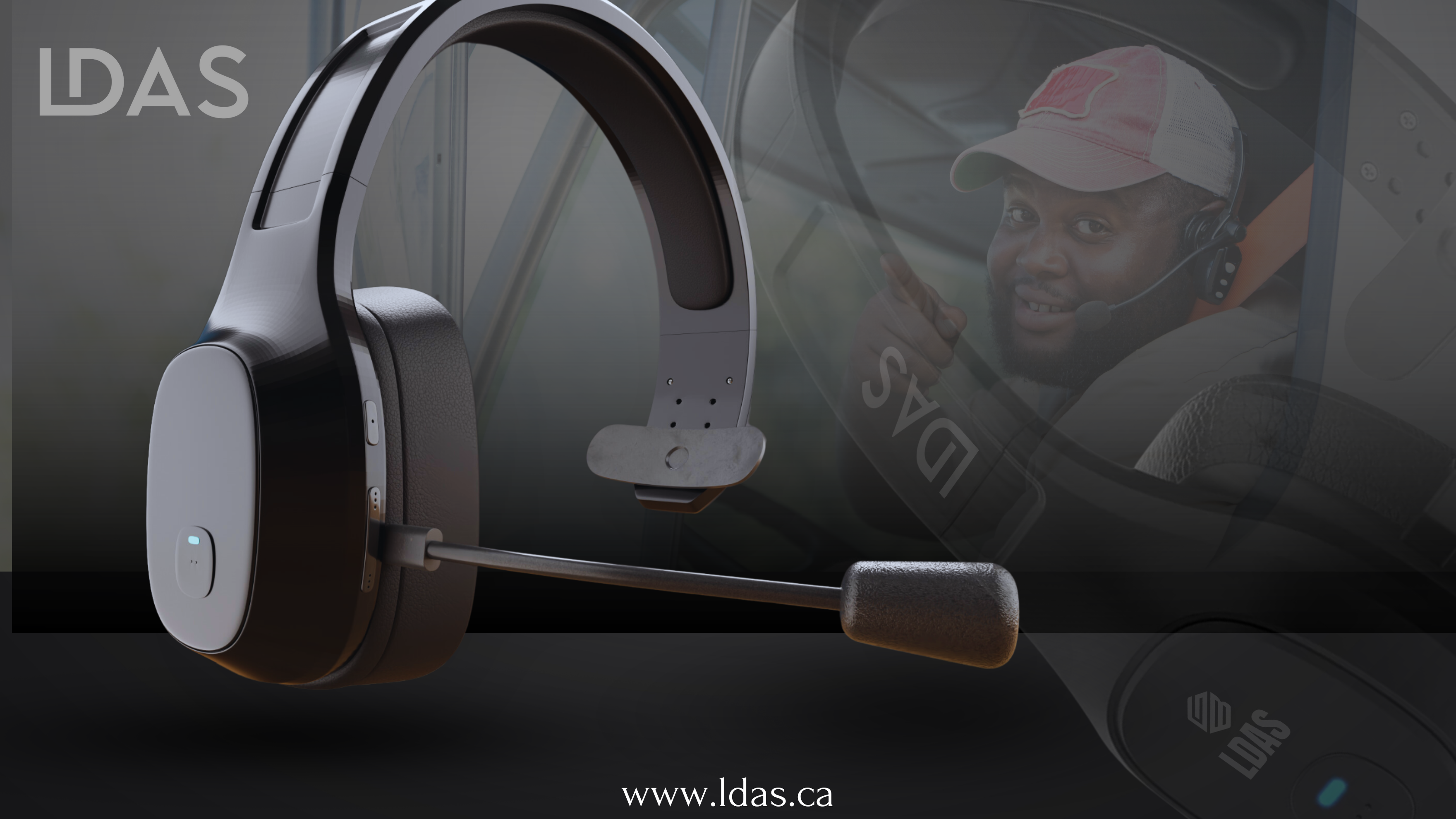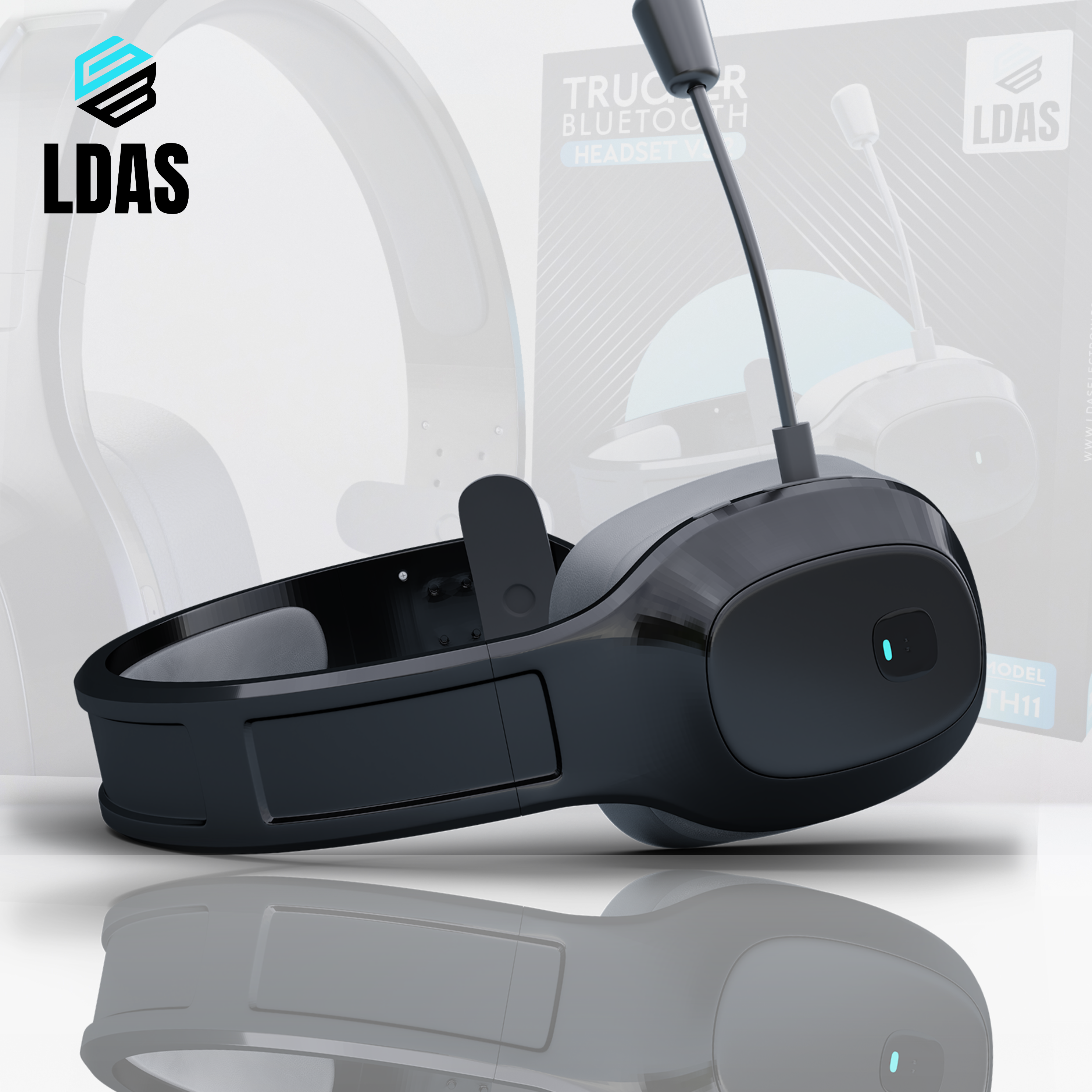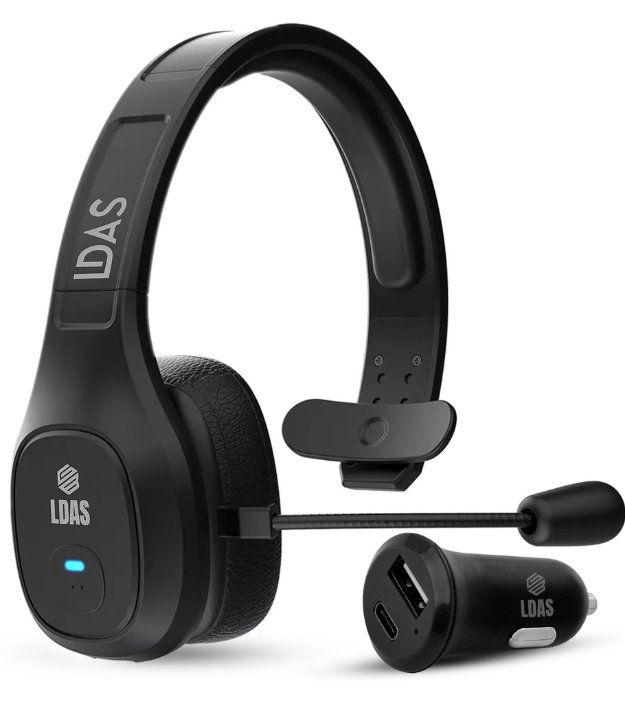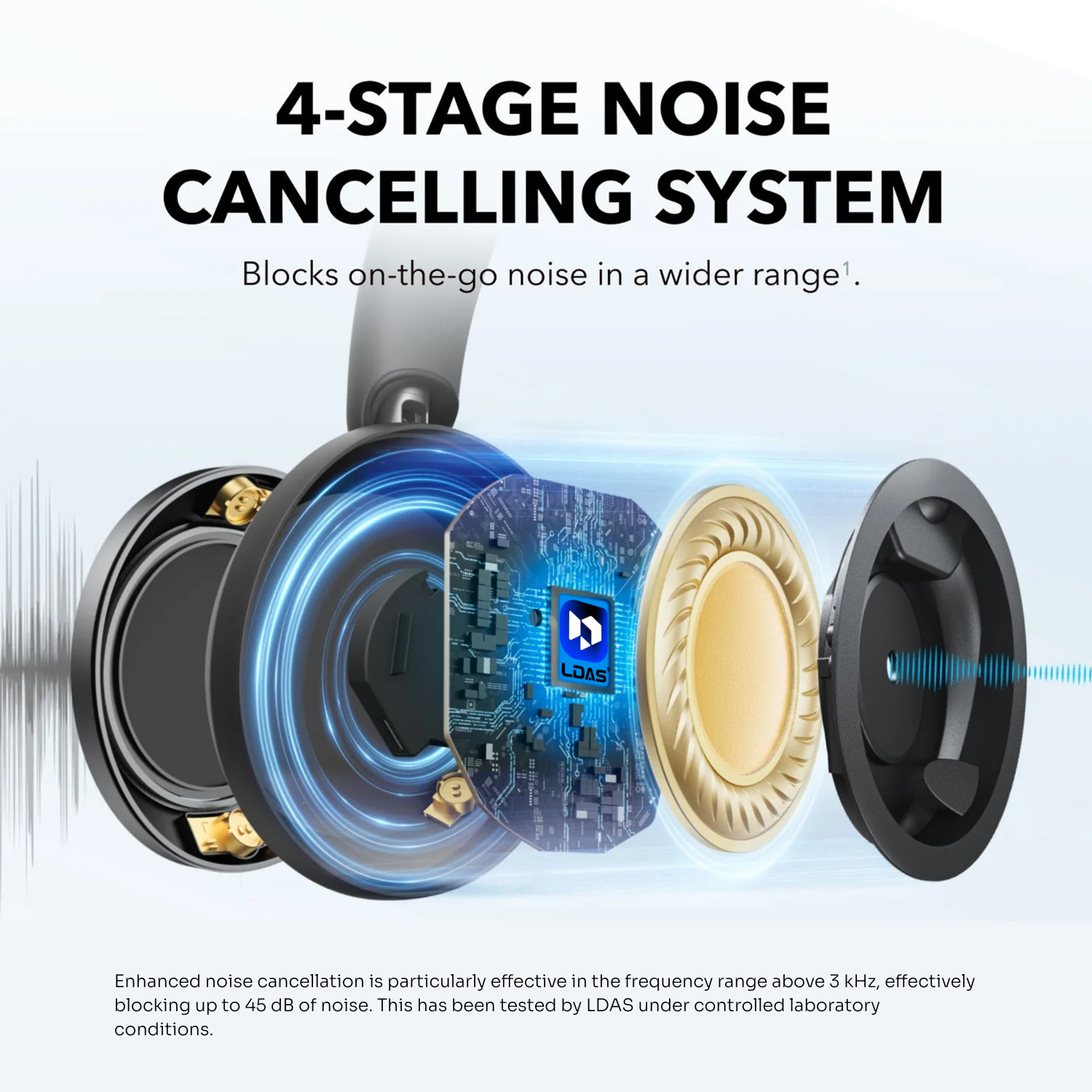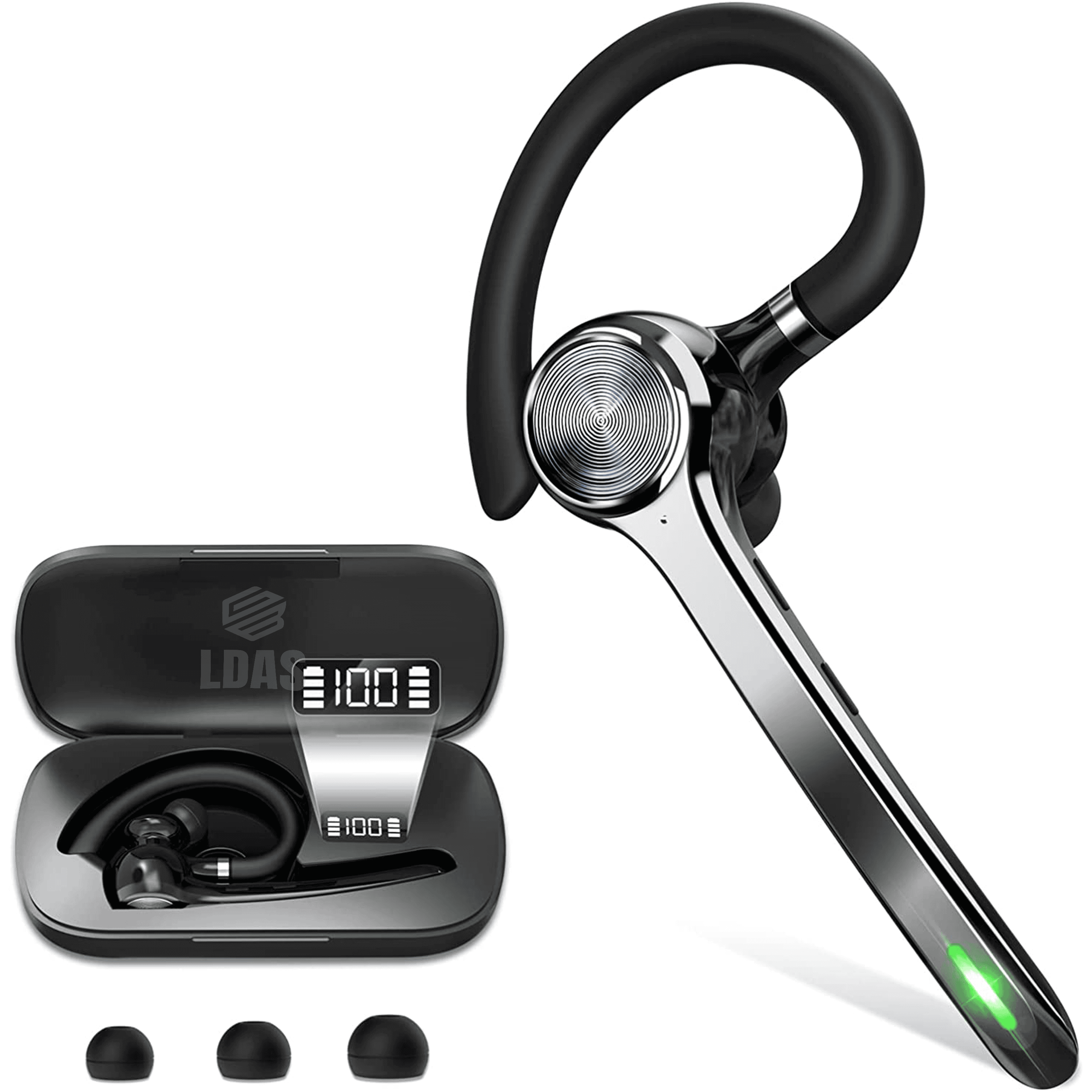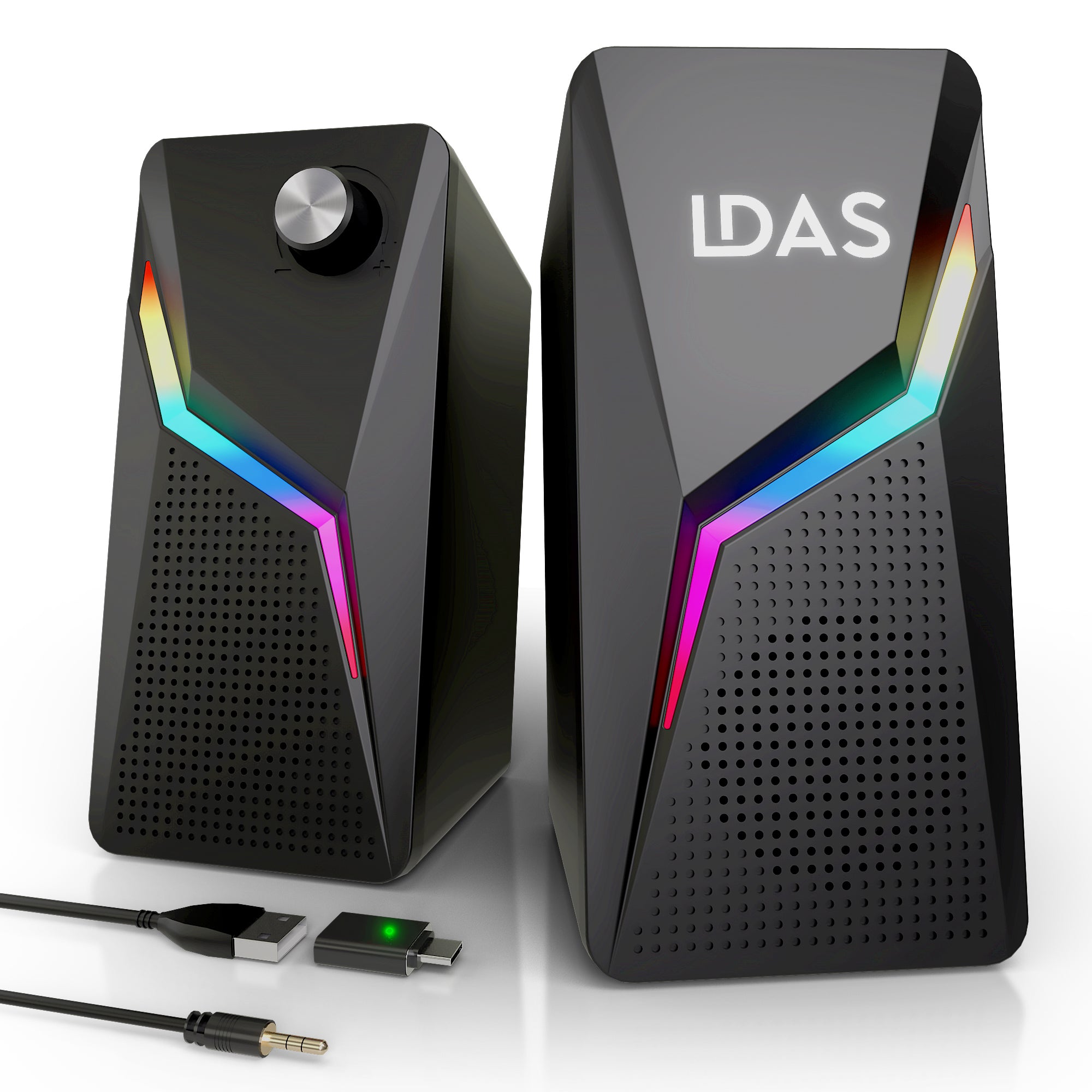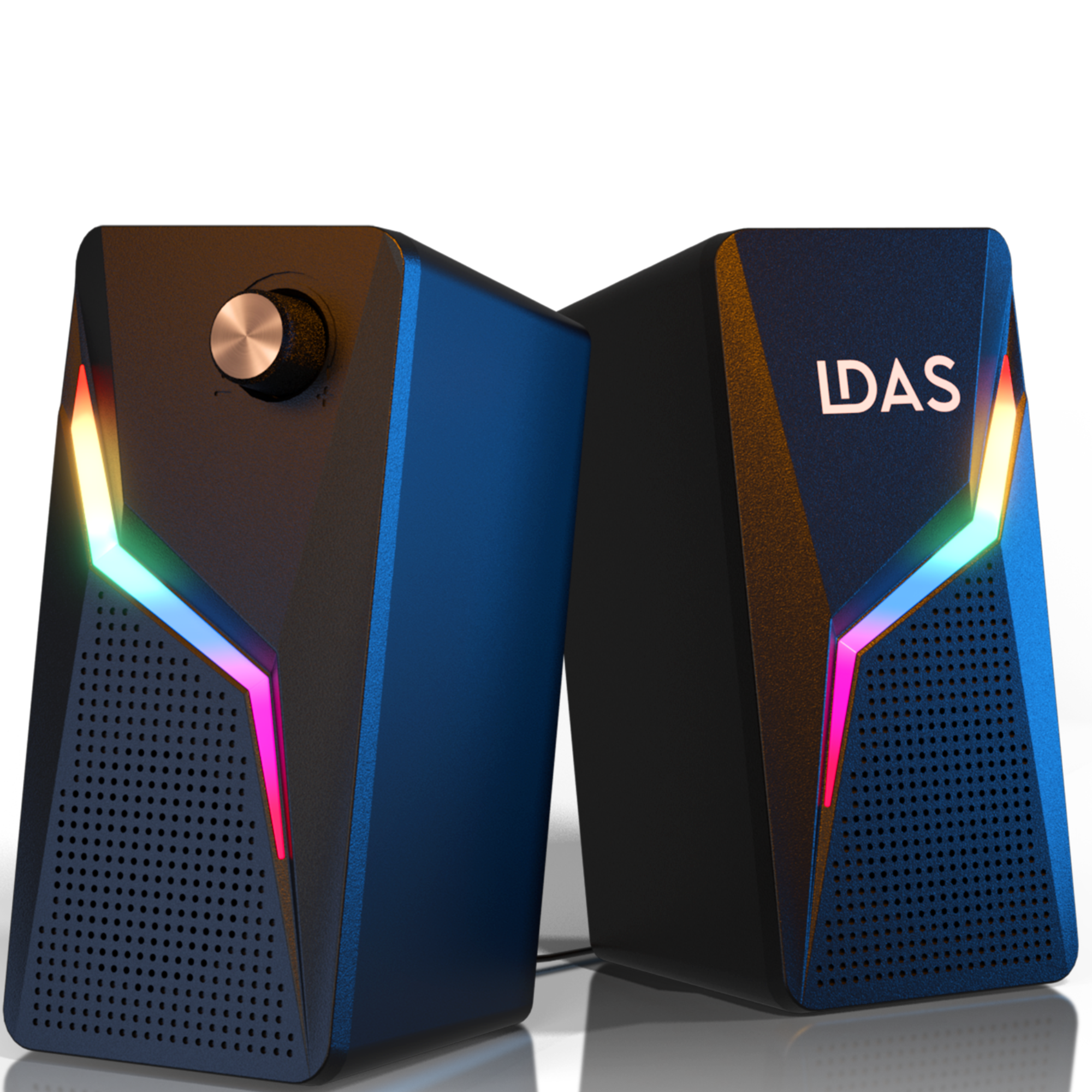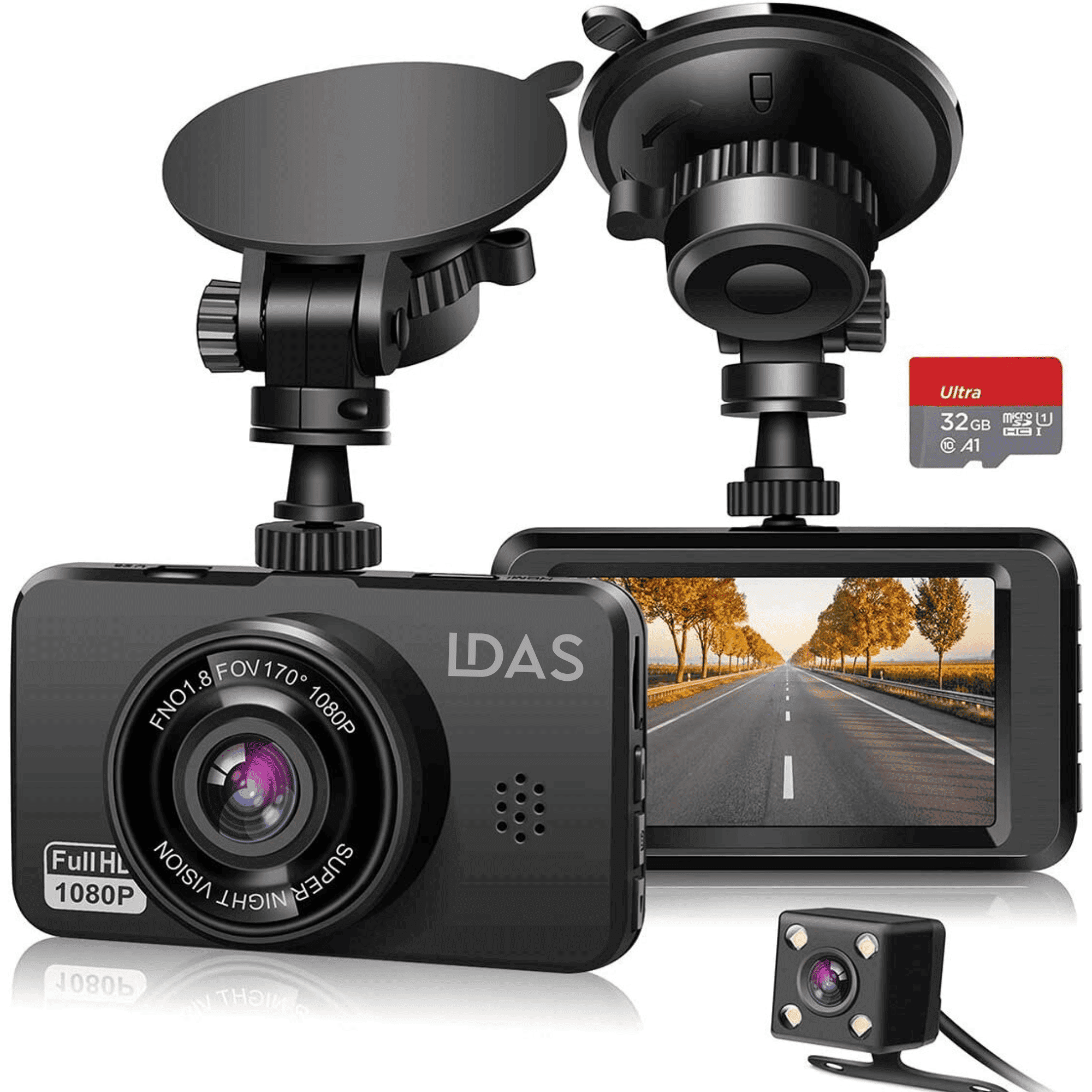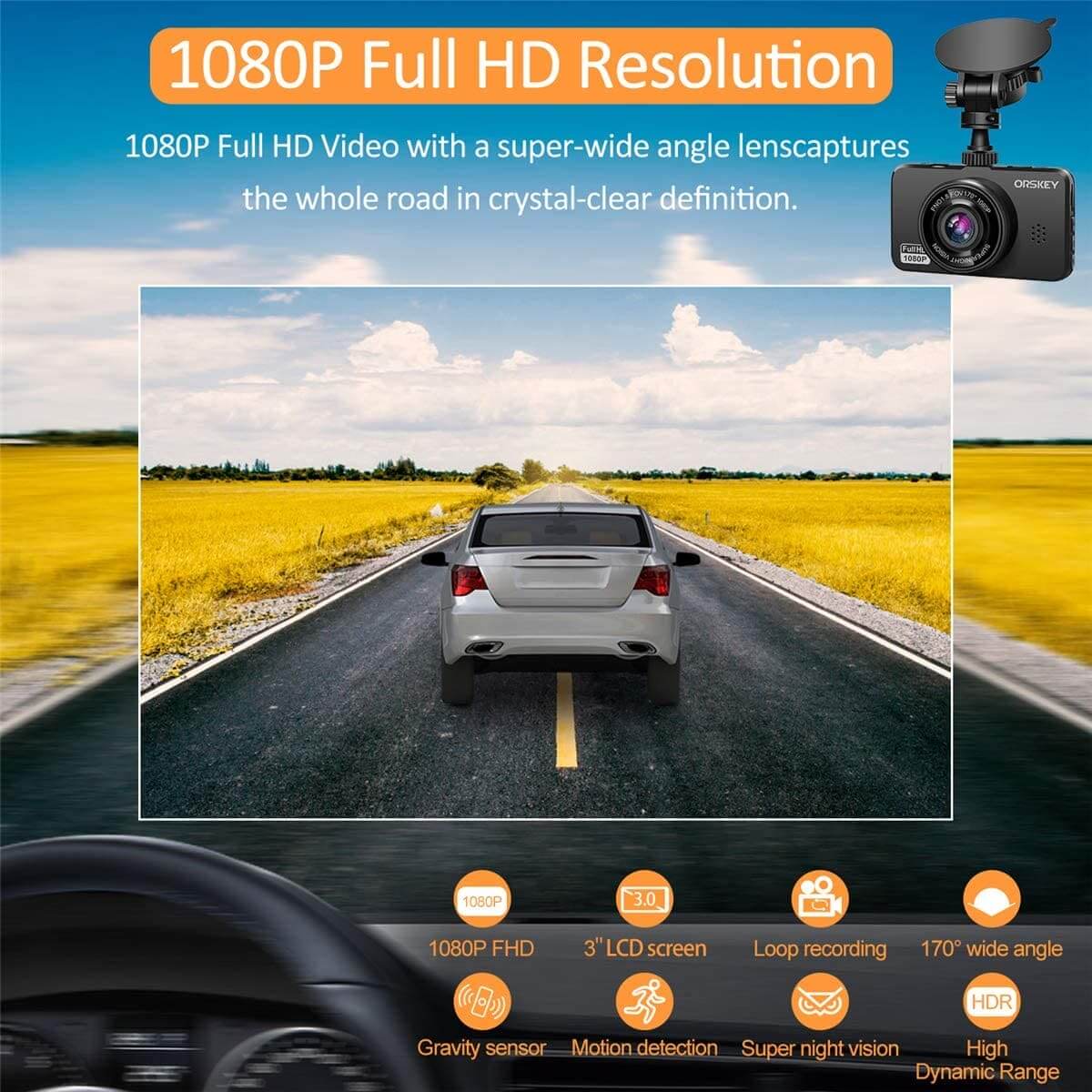Using a trucker headset is essential for safety and communication on the road. A good headset allows you to keep both hands on the wheel while talking. With Bluetooth technology, you can easily connect to your phone for hands-free communication. Before you start using a trucker headset, it's important to know how to select and set up the right one for your needs.

When choosing a trucker headset, consider the battery life, noise cancellation, and comfort. Finding a headset that fits well and blocks out engine noise will make your conversations clearer. Proper setup ensures you get the most out of your headset. This means pairing it with your device and adjusting volume settings to your preference.
Regular maintenance of your headset can extend its lifespan. Always charge your headset and keep it clean to ensure it works well. Remember, using a headset helps you stay safe and legal on the road. Whether you are a new or experienced truck driver, having a reliable headset is a must for effective communication.
Key Takeaways
- Choose a headset with good battery life and noise cancellation.
- Proper setup ensures optimal performance and comfort.
- Regular maintenance keeps the headset in good working condition.
Selecting the Right Headset
When selecting a trucker headset, you'll want to focus on sound quality, comfort, and battery performance. These factors will ensure you have a clear, comfortable, and long-lasting experience while on the road.
Evaluating Sound Quality and Noise Cancellation
A good headset offers excellent sound quality and strong noise cancellation. Look for headsets with HD audio for clear communication.
Noise cancellation is crucial. It helps to block out background noise like engines and traffic. Headsets with active noise cancellation (ANC) feature use technology to reduce unwanted sounds. This makes it easier to hear and be heard.
Check for headsets with multiple microphones. They can improve voice clarity by isolating your voice from the noise around you.
Considering Comfort and Ergonomic Design
Comfort is essential when wearing a headset for long hours. Choose a headset with padded ear cups and an adjustable headband.
Look for lightweight designs. Heavy headsets can cause discomfort over time. Ergonomic designs help to distribute weight evenly across your head, reducing pressure points.
Consider materials used. Breathable fabrics can prevent sweating and discomfort. Testing different models might help you find the most comfortable fit.
Assessing Battery Life and Charging Options
Battery life is critical for long hauls. Look for headsets with at least 10 hours of battery life. This ensures you’re covered for a full day of driving.
Fast charging can be a lifesaver. Some headsets offer a quick charge feature, giving you a few hours of use with just a short charge time. Check if the headset uses USB-C for charging, as it’s faster and more reliable.
An indicator light for low battery can also be helpful. It lets you know when it’s time to charge, so you’re never caught off guard.
Setting Up Your Headset

To get the best experience with your trucker headset, you need to pair it with your Bluetooth devices and configure its voice controls. Follow these steps to ensure a smooth setup.
Pairing with Bluetooth Devices
First, ensure your headset is fully charged. Turn on the headset by pressing the power button until you see a blinking light, indicating it is in pairing mode.
On your smartphone or other Bluetooth device, open the settings and turn on Bluetooth. Look for your headset name in the list of available devices and select it. Once paired, you should hear a confirmation tone or see an indicator light.
If prompted, enter the default PIN, which is usually 0000 or 1234. Your devices should now be connected, and you can test the connection by playing some audio through the headset.
Configuring Voice Controls and Voice Commands
Voice controls allow you to manage calls and audio without using your hands. Check if your headset supports voice commands by looking at the user manual or product description. Activate voice control by pressing the dedicated button on your headset.
Typical commands include answering or rejecting calls, adjusting volume, and launching digital assistants like Siri or Google Assistant.
Speak clearly and at a moderate pace for better accuracy. Configure any additional settings through your Bluetooth device’s voice control settings or the headset's companion app, if available. This will ensure that voice commands work smoothly and efficiently when you need them.
Ensuring Effective Communication

To use your trucker headset properly, you need to focus on both audio quality and maintaining a stable connection. This helps you stay connected with others clearly and without interruptions.
Optimizing Audio Quality
Good sound quality is key for clear conversations. Always position the microphone close to your mouth but not too close to avoid muffled sounds. Adjust the volume to a comfortable level where you can hear others without causing discomfort to your ears.
Settings to Check:
- Microphone sensitivity: Set to medium or high.
- Volume control: Adjust to your preference.
- Noise cancellation: Turn on if available to reduce background noise.
Make sure to regularly clean your headset to maintain good sound quality. Dirt and dust can affect the microphone and speakers.
Maintaining Connectivity and Range
Your headset needs a stable connection to work well. Keep your device within the recommended range, usually about 30 feet, to avoid dropouts.
Tips to Maintain Connection:
- Keep Bluetooth on: Ensure your phone or device Bluetooth is always on.
- Avoid obstacles: Keep the path between your headset and device clear.
- Battery life: Ensure your headset is charged.
Use these steps to keep your headset connected and working without interruptions. If you move too far from your device, the connection might break, so always stay in range.
Headset Maintenance and Support

Proper care and knowing your support options can extend the life of your trucker headset. Keep it working well by following these important steps.
Routine Care and Maintenance
Regular cleaning keeps your headset in top condition. Wipe it down daily with a soft, dry cloth to remove dust and sweat. Never use harsh chemicals as they can damage the material. Avoid getting moisture into the electronic parts.
Charging your headset correctly is crucial. Use the charger that came with it. Overcharging can harm the battery. Disconnect it when fully charged.
Store your headset in its case when not in use. This protects it from dust and physical damage. Handle the headset gently. Do not bend or twist the headband or mic. By taking these steps, you ensure your headset remains durable and of premium quality.
Understanding Your Warranty and Support Options
Check the warranty that came with your headset. Most headsets come with a one-year warranty against defects. Some brands offer extended warranties. Understand what is covered—usually, it includes manufacturing defects but not accidental damage.
If something goes wrong, you can contact customer support. They can help with troubleshooting and guide you through the repair or replacement process. Keep your receipt and any other documentation handy. This will make the support process smoother.
Sometimes, you may need to ship your headset to an authorized service center. Be sure to use a secure shipping method to avoid any additional damage. Knowing your warranty details and support options ensures you get the help you need when issues arise.
Staying Safe and Legal on the Road
Safety is crucial while driving. Always wear your truck driver Bluetooth headset correctly. Make sure it fits well and doesn't block your hearing. This helps you stay aware of your surroundings.
Don't let your headset lead to distracted driving. When you need to take a call, keep it short. Focus on the road, not the conversation. The main goal is to drive safely.
Legal standards vary, but hands-free devices like Bluetooth headsets are often required. Know and follow the laws in your area. This helps you avoid fines and keeps you compliant with regulations.
If you need to pair your headset, do it before you start driving. In case it disconnects, pull over safely first to reconnect. This ensures you are not distracted while driving.
Always charge your headset before trips. A dead battery may tempt you to fiddle with it while driving, which is unsafe.
Use the controls on your headset without looking at them. Familiarize yourself with the buttons; practice using them when you are not driving. This minimizes distraction.
Remember, truck drivers have a responsibility to others on the road. Your safety measures impact everyone. Being careful and following rules helps prevent accidents.
Recommended Trucker Headsets
When choosing a trucker headset, you must consider your budget and the features you need. Below, you’ll find some of the top models for different budgets and headsets known for their outstanding features.
Top Models for Every Budget
If you're on a budget, the MeloAudio ZC08 might appeal to you. Priced reasonably, it offers decent sound quality and a comfortable fit.
For a mid-range option, the Plantronics Voyager 104 stands out. It strikes a balance between affordability and functionality with noise-canceling technology and a long-lasting battery.
At the higher end, the BlueParrott B550-XT provides top-notch sound clarity and durability. It's pricey but worth it if you need the best performance.
Headsets with Outstanding Features
The Blue Tiger Elite impresses with its exceptional noise-canceling abilities. Ideal for noisy environments, this headset ensures clear communication.
For connectivity, the Plantronics Voyager is hard to beat. It pairs easily with multiple devices and has intuitive controls for a seamless experience.
The BlueParrott B450-XT brings both comfort and functionality. It includes a programmable button, allowing you to customize settings based on your specific needs.
Each of these headsets excels in different areas, whether it's noise cancellation, connectivity, or comfort. Evaluate what features are most important to you before making a decision.
Frequently Asked Questions
Learn how to pair your headset, use it, and solve common problems easily. Understand why truckers prefer headsets over earbuds and find your headset's manual.
How do I pair my trucker Bluetooth headset with my device?
First, turn on your headset and enable Bluetooth on your device. Place the headset in pairing mode by holding the power button until you see a blinking light. On your device, select the headset from the list of available devices.
What are the steps to operate a wireless trucker headset?
Power on the headset by pressing the power button. Use the volume buttons to adjust sound levels. The multipurpose button is often used to answer or end calls. Consult your manual for specific functions.
Why are headsets preferred by truckers over traditional earbuds?
Headsets are more comfortable for long hours and have better noise-canceling features. This makes them practical for truckers in noisy environments like highways. They also offer a more secure fit, reducing the risk of falling out.
How can I find a manual for my specific model of trucker headset?
Visit the manufacturer's website and navigate to the support or product page. Enter the model number in the search bar to find the manual. You can also contact customer support for help.
For what purposes are trucker headsets specifically designed?
Trucker headsets are designed for clear communication while driving. They feature noise cancellation to block out road noise and have long battery life for extended use. These headsets also provide hands-free convenience.
What should I do if my trucker headset is not connecting to my iPhone?
Check if Bluetooth is enabled on your iPhone. Restart both the headset and iPhone. Ensure the headset is in pairing mode and within range. If problems persist, refer to the headset manual or reach out to customer support.


